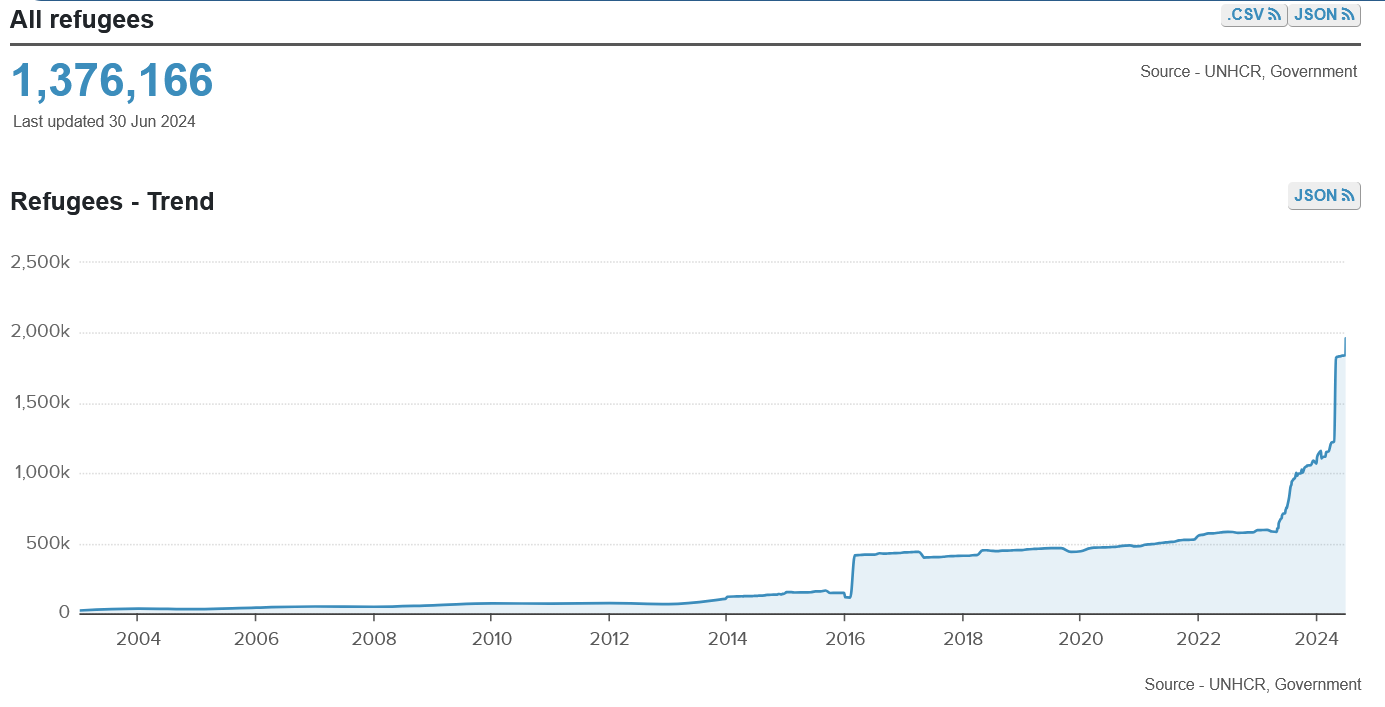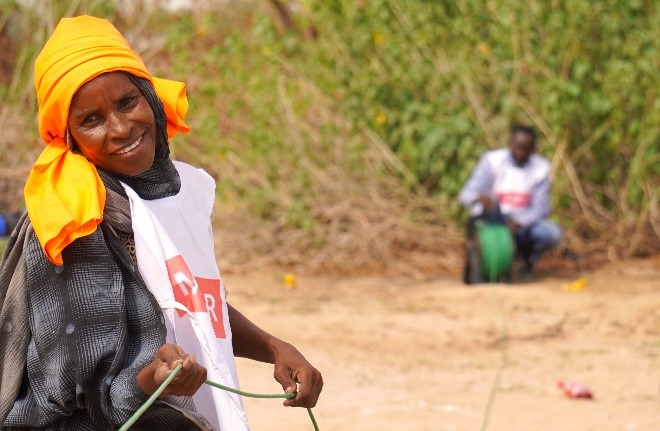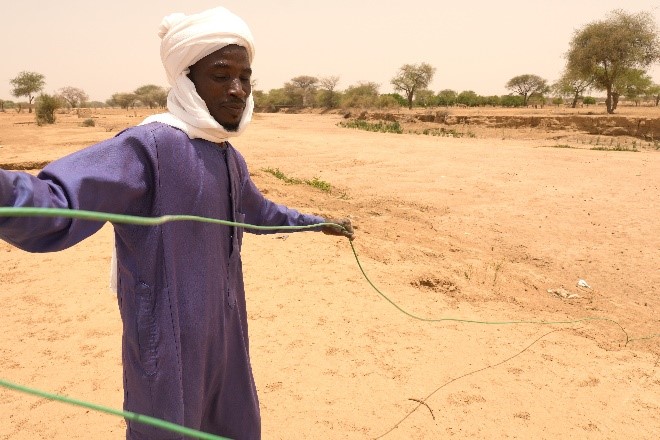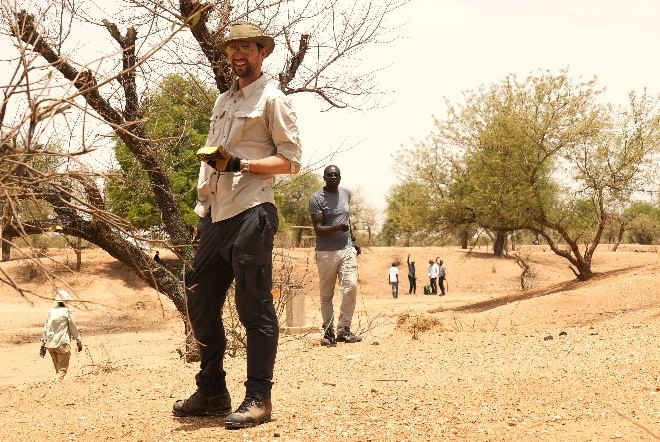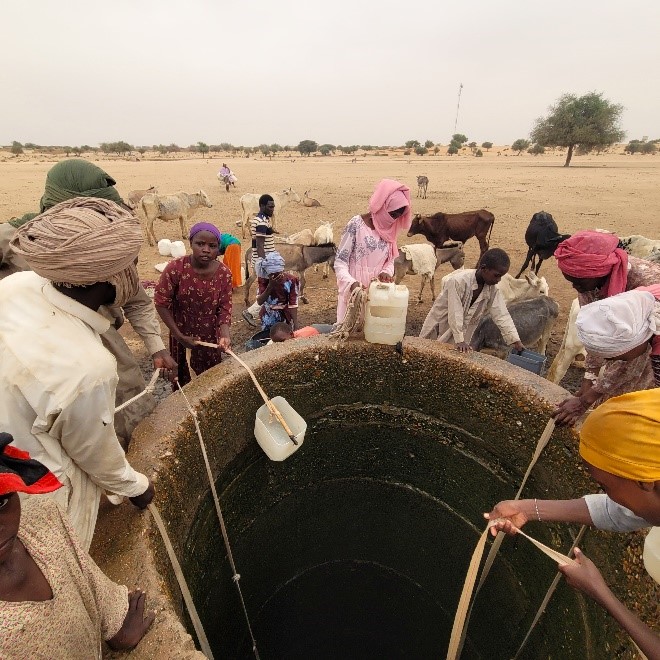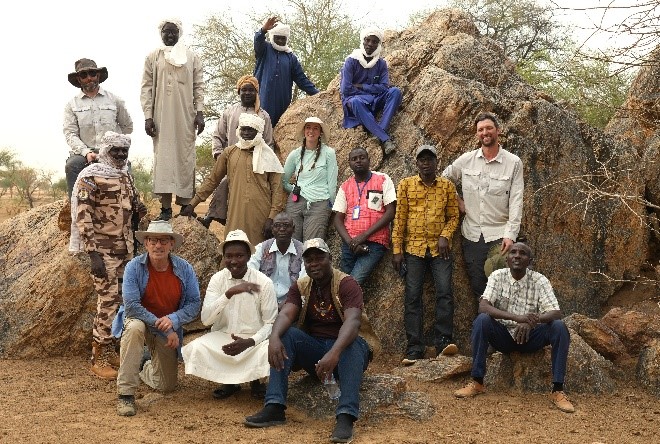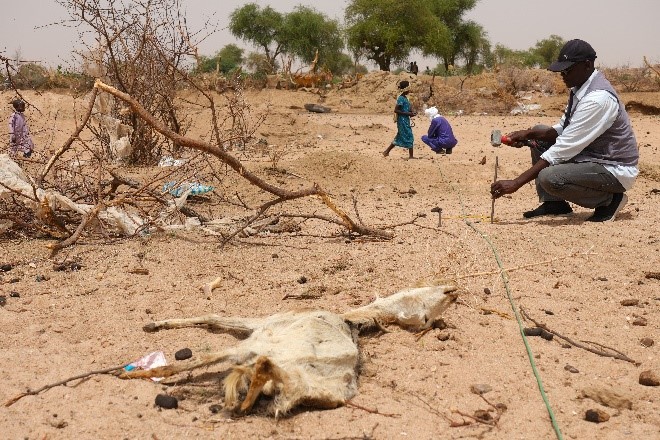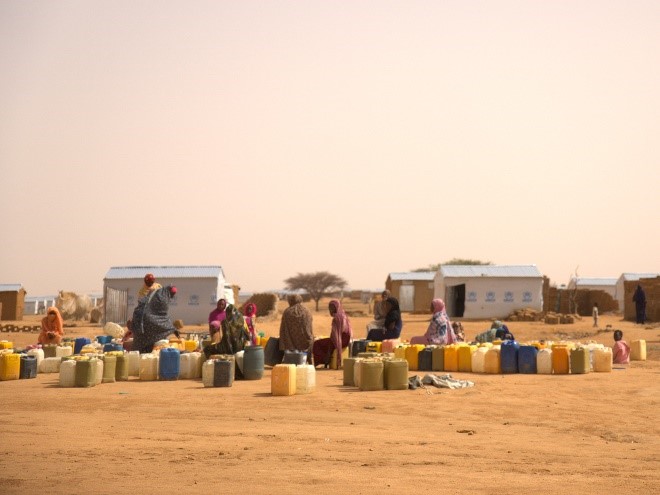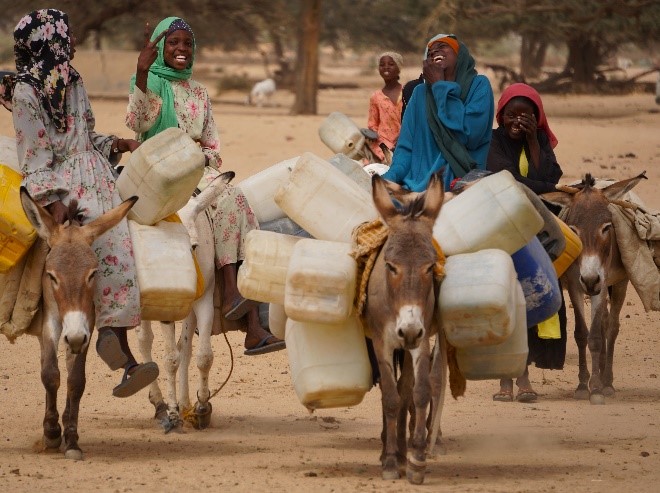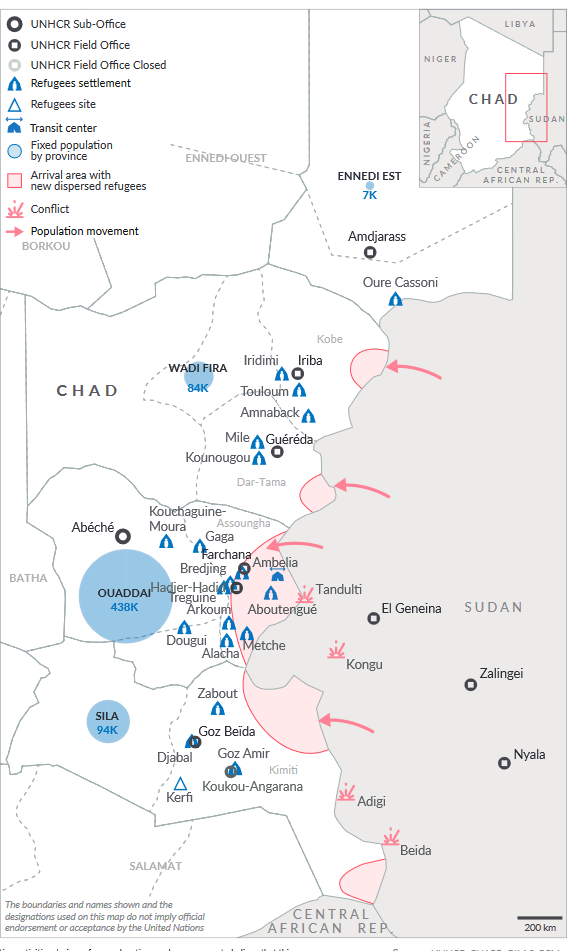Listen here on Spotify | Listen here on Apple Podcast
Episode released on August 8, 2024
Episode recorded on July 3, 2024
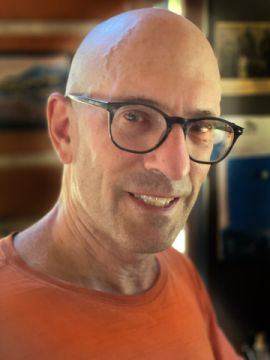 Paul Bauman is the Principal Geophysicist at BGC Engineering in Calgary, Canada and has been conducting humanitarian groundwater work in developing countries globally over the past 30 years. In this podcast we focus on his recent trip to Chad to locate groundwater wells in camps hosting refugees from neighboring Sudan. Paul and his colleagues, Colin Miazga, Dylan Cunningham, Izzy Rotsaert worked in Chad in June, 2024.
Paul Bauman is the Principal Geophysicist at BGC Engineering in Calgary, Canada and has been conducting humanitarian groundwater work in developing countries globally over the past 30 years. In this podcast we focus on his recent trip to Chad to locate groundwater wells in camps hosting refugees from neighboring Sudan. Paul and his colleagues, Colin Miazga, Dylan Cunningham, Izzy Rotsaert worked in Chad in June, 2024.
Highlights | Transcript
- Civil war between the Sudanese Armed Forces and the Rapid Support Forces in Sudan began during Ramadan on April 15, 2023, resulting in a total of ~2.1 million refugees, with 600,000 refugees moving into Eastern Chad from neighboring Darfur in Sudan.
- This recent crisis builds on the ~400,000 refugees that came to Chad from Sudan during the 2003 -2005 war in Darfur.
- Paul Bauman, funded by BGC Engineering, recently went to six camps in Eastern Chad to help locate groundwater supplies to support the refugees.
- At the time of this work, the UN High Commission on Refugees (UNHCR) had 19 operating refugee camps, with a 20th being planned. Each of these camps is planned to be built out to support 50,000 Sudanese refugees. All of the camps are in the four provinces bordering Darfur, the provinces of Ennedi Est, Wadi Fira, Ouaddai, and Sila.
- Most of the new arrivals fleeing into Chad are entering in the provinces of Wadi Fira and Ouaddai.
- The refugee camps in Wadi Fira and Ouaddai provinces contain large refugee populations from the 2003 to 2005 Darfur civil war and crisis. In Iridimi (UNHCR, June 2024), the total population is 42,243, with 14,227 arrivals in 2023; in Touloum the total is 50,692, with 13,599 new arrivals, in Am Nabak the total is 33,624, with 2,253 new arrivals, and in Farchan 45,252 with 7,998 new arrivals. Dougie had a population of 2,500 new arrivals in mid-June, while Metche had a population of 43,453.
- Though the camps may seem clustered on a map, the lack of infrastructure in general and roads and bridges in particular create a situation of camps generally being at least an hour apart from each other.
- The camps are dominated by women and children who account for 89% of the refugee population.
- UNHCR directed Paul to explore for water in the three camps in Wadi Fira (Iridimi, Touloum, and Am Nabak) with desperately low water yields, two camps in Ouaddai (Metche and Farchana) with very low water yields, and a camp that had been open only two weeks (Dougie) and had a refugee population of 2,500 but was expected to expand to 10,000 in a month and to 50,000 by December.
- UNHCR targets 15 to 20 liters per person per day (LPPD) for drinking, cooking cleaning, and hygiene. However, the amount of water in Iridimi, Toulom, and Am Nabak was ~ 5 LPPD. This is the volume of water coming from the well divided by the refugee population and does not include losses due to pipe or tank leakage.
- Expanding refugee populations in the camps is largely limited by water supply. Besides the refugee populations in the camps, there are 205,000 Sudanese refugees in the unofficial transit camp in Adre on the border, with many waiting to be transferred to an established camp.
- The geology in the region is basement rock which covers ~ 40% of the African continent. Typical vertical sections include basement rock, generally granitic, at depths of 100 – 200 m, overlain by a section of fractured basement, and then weathered basement or saprolite that can range from 10 – 80 m thick, and overlain by cover windblown sediments (sand or clays).
- They used 2-dimensional electrical resistivity to map the subsurface which results in large contrasts among the different materials. The target for water resources is low resistivity, high conductivity material. Resistivity is controlled by rock type, water content, and water salinity. Basement is generally high resistivity (100s – 1000s of Ohm-m), with slightly lower resistivity in overlying fractured basement (~100s Ohm-m), and much lower resistivity in weathered basement (saprolite, ~ 20 – 50 ohm-m).
- Bauman compares their results with existing wells where possible to validate their geophysical models.
- Bauman uses three basic criteria to target optimal groundwater wells:
- Proximity to the camp
- Thick extensive weathered saprolite (~50 – 80 m thick) to provide large storage
- Proximity to wadis (ephemeral streams) that flood annually or less frequently and recharge the aquifers
- Penetration depths of the 2D resistivity logging is ~130 m, which is generally the maximum depth that typical drill rigs can reach.
- Bauman’s group generally logged ~ 1 km transects in each of the camps with ~ 10 – 15% of the transects showing potentially suitable targets.
- Once the targets are identified, UNHCR works with drilling companies to mechanically drill the wells. The target production rates are ~ 5 – 15 m3/hr (~20 – 60 gallons per minute).
- Water is then trucked initially but eventually piped to above ground storage tanks and then gravity fed to 100s of standpipes in the camp to minimize distances for refugees to access water. Well pumps may be connected to solar panels or diesel generators for energy.
- Water is managed under the WASH program (Water, Sanitation, and Hygiene) by UNHCR with different NGOS managing the different components.
- Using surface geophysics greatly improves the odds of drilling successful wells in these regions. Bauman’s previous experience ranged from 40% success rate in Zambia to 100% success rate in Uganda.
- Food access is also critical as UNHCR did no food distributions during Jan – Mar 2024.
- Need public outcry against the Sudanese civil war, similar to the outcry during the 2003 – 2005 civil war to help bring the fighting to an end.
The work that Paul and his colleagues conducted in Chad was supported by the BGC Foundation, BGC Squared, who provided their professional time at no cost, paid for all flights to Chad, excess baggage (18 checked bags total, plus 8 carry on pieces) and accommodations in N'djamena.
